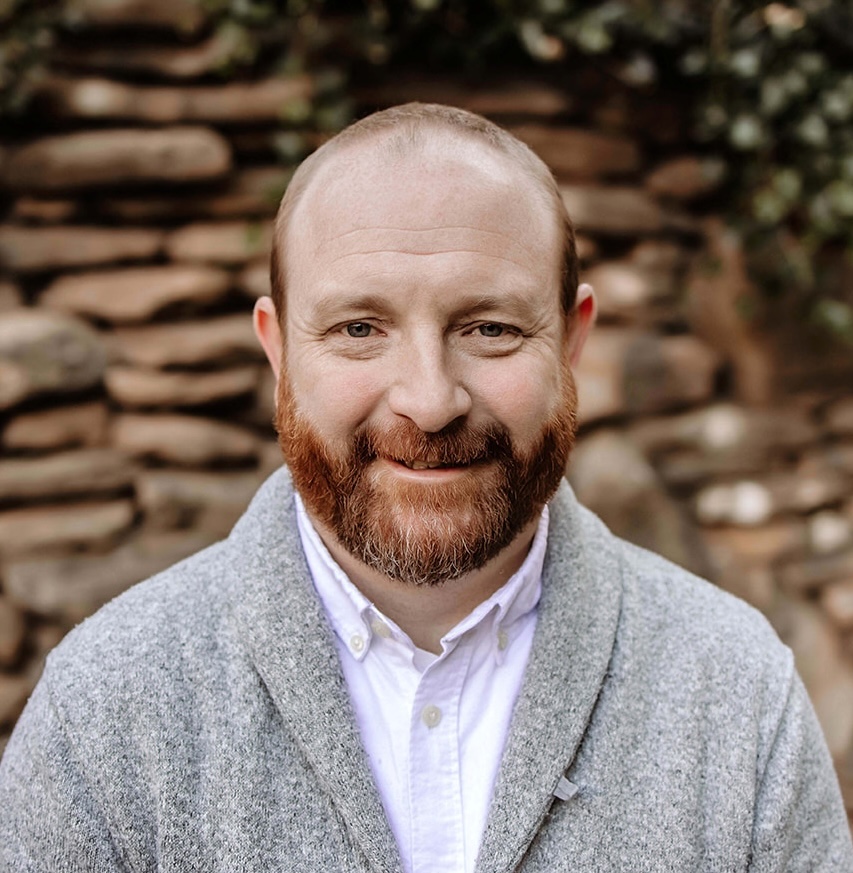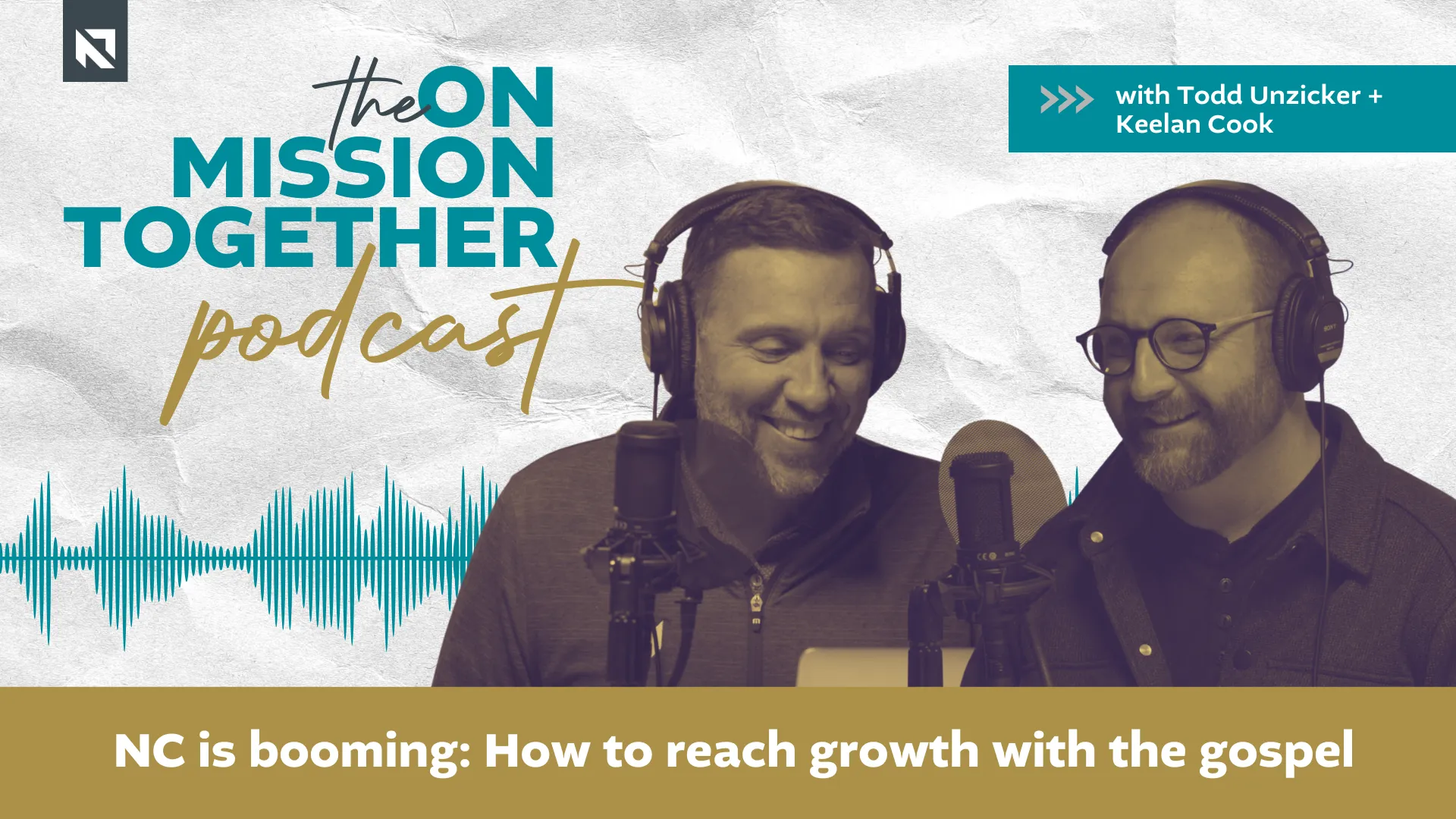Few terms have captivated the missional imagination of the church in North America like the Nones. The term None became our shorthand for the nonreligious, or those who would not select any particular relgion on surveys about faith. This was a change from the past, when people would usually at least select the religious tradition in which they were raised. So Nones are different from people who are nominal in their faith, or those who claim a religious tradition and simply do not follow it. Instead, Nones instentionally claim to have no religion at all.
At this point, reems of commentary exist on the “rise of the Nones.” Of course, the material on the topic ranges from helpful analysis to wild speculation, and it falls into every genre from modern anthropology to hype marketing. It seems everyone has a hot take on the Nones, America’s unreligious.
For many, this category personifies their fears of church decline in the United States, a looming threat of what is to come as America slides into irreversible secularism. For others, the Nones are the missional horizon, the new frontier for American evangelism. And yet, despite the widespread adoption of this term, it remains rather ill-defined.
What exactly is a none? Beyond the basic understanding that they select no religious affiliation on surveys, the cohesion among this large population segment appears to be thin. Contrary to the idea that Nones represent a widespread movement of like-minded people across the United States (and increasingly the world), a monolithic demographic called the Nones may be an imprecise label. Perhaps instead of one group, there are actually four. At least that is the argument recently made by Ryan Burge and Tony Jones.1
After reading their initial claims and seeing their methodology, I am sympathetic to their position. It seems very right to me that such a large group of people being categorized together based solely on one datapoint will likely conceal as much as it reveals about them.
Burge and Jones have recategorized this large swath of unreligious Americans into four distinct categories. If their research is correct, they’ve provided a great service by clarifying distinctions within this group that can help us better understand the worldviews that are inevitably represented. That matters for those of us called to the task of making disciples among our neighbors and the nations.
The researchers propose four new classifications: None in Name Only (NiNos), Spiritual but not Religious (SBNRs), the Dones, and the Zealous Atheists. In forthcoming articles, Burge and Jones are unpacking each of these categories. However, in their initial proposal they provide a basic definition and profile for each. I would encourage you to read their explanation for yourself.
My purpose is not to rehash or merely summarize their conclusion. Instead, I aim to ask some questions and point out some areas of significance for local churches concerning this new perspective on the unreligious in our communities. In short, how do we as ministry leaders think critically about this development in understanding?
If Burge’s research is correct and these four categories of Nones hold, then here are four initial things we should consider.
No Silver Bullets to Work with Nones
We need to start here. It sounds like a truism when you write out something like that above, but different people with different worldviews and sentiments will respond differently to ministry. For too long, the Nones have been treated in materials and resources for local church ministry as some monolithic black box. Once given the key to unlocking its secrets, you can now effectively minister to all of them with a single set of ministry methods. Unfortunately, this is never true in ministry.
Having clarity here can help. Nones are not a single group of people but actually a cluster of groups that all share one same position on organized religion, and that means these various of people will have varied responses to ministry methods. It’s always been true, but missions and ministry are not one-size-fits-all.
From Burge’s introductory article, it is already possible to discern different levels of receptivity among the various subsets of Nones. Take the NiNos category as a case example. Nominal (in name only) Nones make up just over 20% of the group. That’s a significant portion, and of course there would be nominalism among the Nones, just like any other religious worldview. Many in this group apparently pray daily. To whom, I have no idea. But, it stands to reason that their responses to ministry methods will be markedly different than the Zealous Atheists who are looking to pick a fight (a much smaller group, by the way).
And the existence of nominal Nones leads to my next takeaway.
You may have Nones in your church.
Literature on Nones leads one to assume the last place you will find one is inside the doors of a church, but the initial research here would suggest otherwise. More than one category demonstrates limited attendance at church services.
Both the NiNos and the Zealous Atheists demonstrate some church attendance. Of course, it’s limited attendance. Perhaps they show up a couple of times a year, for special occasions, or when family talks them into it. You know, like a number of folk that you may consider on the periphery of your church.
Here’s the point: we don’t need to think of Nones as always being the angry world “out there.” There’s a chance you have family members of regular attenders who flirt with being there every now and then who would actually self-identify (more likely on a survey than to you) as being Nones.
How do we consider this in the way we teach and preach?
Some Nones are open to Spiritual Matters
Burge points out the spirituality of some Nones in his explanation of the SBNRs (Spiritual but not Religious), after all, it is in the name of this category. Many Nones are interested in spirituality, whatever that means, even though they are not interested in institutional religion. The simultaneous fascination with spirituality and skepticism of traditional religion among this category serves as both obstacle and opportunity for gospel ministry.
For SBNRs, a distrust or disdain for assembled worship gatherings and official church functions presents a barrier to local churches ever interacting with them. If the only means of engagement your churches uses are “come and see” models of gathering people for events, then this category of Nones will live mostly out of reach for your church.
However, the fascination among SBNRs with spirituality can be an opportunity for churches willing to engage on that front. This engagement will most likely not happen in the doors of your church, at least not in the beginning. Instead, a “go and tell” method engagement. Here’s one key to engaging this way: drive past the focus on crystals and new age hoodoo to understand what it is about those things that generates the fascination. In other words, don’t engage on the importance of institutional religion (though it is important) and do engage first on what they are ultimately trying to achieve by adopting their practices.
Asking why becomes a superpower in this type of engagement. What longings and needs are they attempting to fill with spirituality, however they have it defined? Probing these ideas in conversation, a topic many would be willing to engage in because they’re fascinated by it, will allow you to understand the worldview supporting these practices of spirituality. Then, the gospel presents a clear confrontation to the false promises provided by practices of spirituality.
Only the gospel meets the needs of the human heart, and behind every spiritual practice not rooted in biblical Christianity lives a little idol turning the heart away from God. Find the idol in conversation, and engage in evangelism there.
But Some Nones are just Angry at Religion
Again, a lot of literature seems to claim all Nones are spiritual but not religious, and this research demonstrates that is not true. While SBNRs are the largest single category (36%), they do not make the majority of the group. In fact, it appears there is no majority and at least some of them are more than disinterested in traditional religion–they are now mad about it.
Two of Burge’s categories seem antagonistic toward Christianity: the Dones and the Zealous Atheists.
Of the Dones, Burge writes, “Does everyone yearn for God? In the case of the Dones, we feel confident in saying that there is no clearly articulated “God-shaped hole” in the hearts of these folks.” There may be lots of reasons why this is true, but I bet a common thread may be prior engagement with nominal Christianity at some point that has led to a “post-Christian” attitude. If that’s true, for many Dones a poor experience with established religion leads to a strong distaste for it.
Zealous Atheists are another category altogether. Burge notes that he wanted to call the “evangelical atheists,” but knew that would be too confusing. His point is simple: these people evangelize for atheism. Not only are they mad at religions, most assuredly Christianity, they are the slim minority that want to pick a fight about it.
We should see a couple of important trends about these angry Nones. First, most Nones are not angry Nones. These Zealous Atheists represent only 11% of the total group. Most people who claim atheism or some form of agnosticism are not angry about it. That should give us confidence in engaging with them in open conversation about the gospel.
Second, and perhaps a little surprising, I’m not convinced angry Nones are a bad target for gospel ministry. I believe it would be a mistake to assume that their zeal in atheism translates into no chance that the gospel can change their heart. In fact, I know too many personal stories of devout Muslims, Hindus, and atheists who aimed to prove Christianity wrong only to become some of it’s best ambassadors. Often, those most zealous for a false worldview are the ones trying hard to convince themselves, and once that barrier falls, that zeal is placed on the right gospel foundation.
The four takeways above are just scratching the surface when it comes to the significance of this new, more detailed, approach to discussing Nones. I would encourage you to read more as Burge and Jones continue writing in detail about each of these groups. I am optimistic that this will provide us with better ways of discussing gospel ministry among a really large portion of the American, and increasingly the global, population.
-
Ryan Burge is posting new articles about this research at his Substack, Graphs about Religion. I’ve linked to the initial article in this post, but you can follow more of his work on this at his site. ↩






